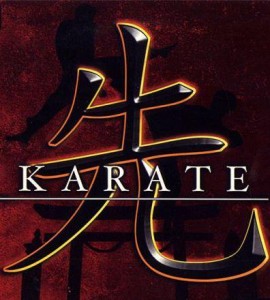The AJWBA is commissioned to the preservation and transmission of the authentic and classical Japanese way of karate for the benevolent warrior and its relationship with Budo. This way of Karate represents over 30 years of studies and Asian historical claims passed on to Hanshi by his master-teacher.
The island of Shodoshima is very small and mostly surrounded by water, thus its inhabitant are , for the most part, fishermen.
This particular system of Karate carries a kyu system to Dan system curriculum; it is a bit more inclusive than most other styles. The bulk of the curriculum is based on compliant self-defense with only three forms for the kyu levels. It implements some exaggerated lifting of the foot (many techniques were performed in water). It also uses ukemi waza or break fallings and rolling methodologies and well as some taisabaki or forms of body shifting when applying live self-defense patterns.
The linear yet back-and-forth motion depicted in the limited amount of forms is one of its trade marks. The self-defense applications are also accentuated with multiple attacks. This is due to the ever transitionary nature of an opponent.
Individual Karate patterns and techniques involve the blending or aligning with the momentum of an attack in order to draw him/her to expose him/herself. In this context, it is understood that form contains part, not all, of the hidden secrets within the art.
The student also learn Gata or pre-arranged short patterns to aid in the understanding and precise execution of the kata. The Kata follow a distinctive rhythm resembling that of the heart beat when composed and when at war. There are also strikes, kicks, parries, body chokes, sweeps, throws, hand lock escapes, some ground fighting;
The identifying weapon of the Ryu is the Oar with additional studies in Kobujutsu such as the Bo staff, Sai, Tonfa, Nunchaku, Kama and Knife.
